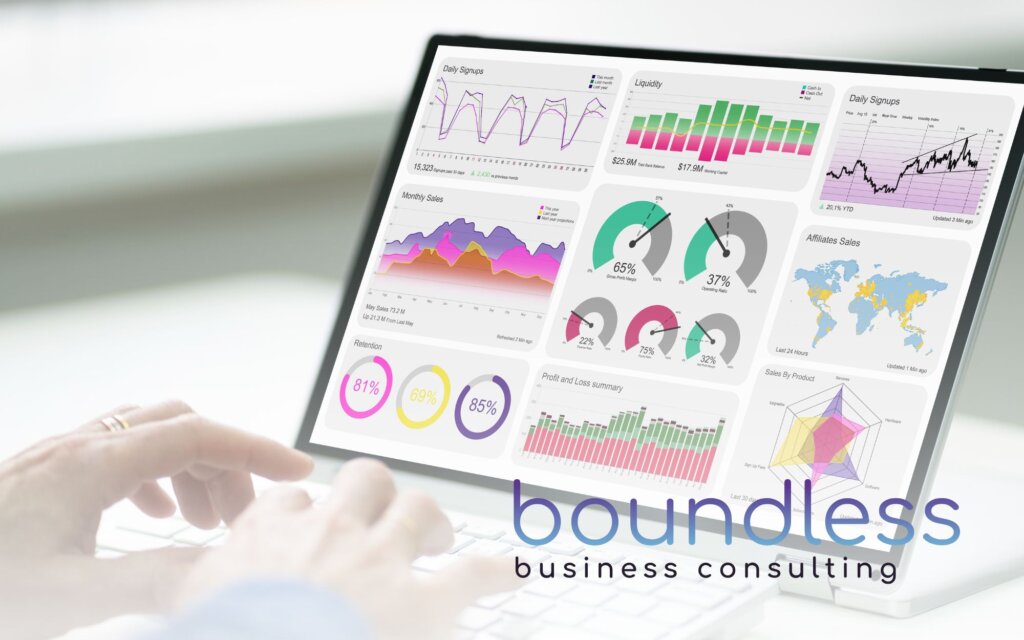Home » Essential KPIs for SMEs to Monitor for Successful Demand Generation
Essential KPIs for SMEs to Monitor for Successful Demand Generation

In today's competitive landscape, small and medium-sized enterprises (SMEs) must focus on effective demand generation to sustain growth. However, many entities struggle with understanding whether their efforts yield tangible results due to a lack of clear measurement frameworks. Tightly aligned with their growth objectives, SMEs can enhance their strategies by tracking vital Key Performance Indicators (KPIs) that illuminate the efficiency of their demand generation initiatives.
1. Marketing Qualified Leads (MQLs) & Sales Qualified Leads (SQLs)
Not all leads carry the same potential. SMEs need to differentiate between MQLs, who show interest but require nurturing, and SQLs, who meet specific criteria signaling readiness for direct sales engagement. HubSpot reports that companies with distinct MQL and SQL definitions can experience a 20% boost in sales productivity. This highlights the importance of tracking conversion rates from MQLs to SQLs, indicating whether lead qualification processes need refinement. Cross-team alignment between marketing and sales is crucial for establishing what constitutes a viable lead.
2. Customer Acquisition Cost (CAC)
Understanding the cost of acquiring new customers is essential for sustainable growth. CAC encompasses various expenses, including marketing and sales costs, ad spend, and technology investments. By optimizing CAC, businesses can reduce unnecessary expenditures by 15-30%, enhancing profitability as observed by McKinsey & Company. A beneficial practice is to compare CAC with Customer Lifetime Value (LTV); the goal is for LTV to exceed CAC by at least three times. High CAC may signal a need for optimizing targeting, messaging, or sales processes.
3. Website Traffic & Lead Conversion Rate
The website acts as a primary tool for demand generation, but merely attracting traffic is insufficient—conversions matter. Key metrics include total visitors, lead conversion rate, and bounce rate. Google’s Marketing Insights suggests that while average landing page conversion rates hover around 2-5%, top-performing companies can achieve over 10% through effective optimization. Conducting A/B tests on landing pages and utilizing heatmaps can provide insights into visitor behaviors and areas for improvement.
4. Email Engagement Metrics
Email marketing remains a potent means of engagement, with open rates and click-through rates (CTR) indicating message resonance. The industry benchmarks for open rates fall between 20-25%, and CTRs between 2-5%. To enhance engagement rates, personalizing subject lines and segmenting email lists based on buyer personas are practical approaches that can lead to significant improvements in performance.
5. Sales Cycle Length & Deal Close Rate
Tracking the sales cycle's length is crucial in determining how swiftly leads are converted into customers. Slow closing times can negatively impact cash flow and growth. Key metrics include average cycle length, win rate, and reasons for lost deals. By analyzing these aspects, SMEs can identify potential bottlenecks and refine sales tactics to foster quicker closures.
6. Return on Investment (ROI) by Channel
Effective demand generation requires a nuanced understanding of which marketing channels are yielding results. By tracking metrics such as cost per lead (CPL), conversion rates, and revenue generated per channel, SMEs can allocate their budgets more effectively. Using UTM tracking and CRM attribution allows businesses to identify high-quality leads and stop investing in channels that do not perform.
In conclusion, to achieve scalable growth, SMEs must transition from intuition-based decision-making to a data-driven approach in their sales and marketing efforts. By measuring and optimizing these essential KPIs, they can reduce excess spending, shorten sales cycles, and enjoy increased returns on their investments. As the management guru Peter Drucker famously stated, “What gets measured gets managed.” For SMEs aiming for predictable growth, focusing on meaningful metrics is paramount.
Boundless Accelerator
https://boundlessaccelerator.ca/
Boundless Accelerator™ offers unique programs and initiatives to support businesses from startup to scaleup for a strong, diverse, inclusive, sustainable economy. Since our inception in 2011 as Innovation Guelph, our award-winning programs have grown to serve 1,400+ entrepreneurs across Ontario and Canada who are building a strong, inclusive, equitable and sustainable economy. Accolades for our work include the University of Guelph’s Gordon S. Lang HeForShe Impact Award, the National Enterprise Support of the Year Award and the CANIE Enterprise Support of the Year award for advancing Canadian entrepreneurship through leadership and impact. Most recently, the Technology Councils of North America (TECNA) Innovation Awards recognized our i.d.e.a. Fund program for Innovation in Diversity, Equity & Inclusion. Boundless Accelerator™ connects entrepreneurs with Regional Innovation Centres in Ontario for additional resources and strives to partner with like-minded organizations across Canada to further support and guide our clients to success. Based in Guelph, Ontario, we are in the heart of the Toronto-Waterloo Innovation Corridor, striving to create a future where entrepreneurship knows no limits.


